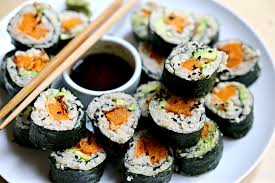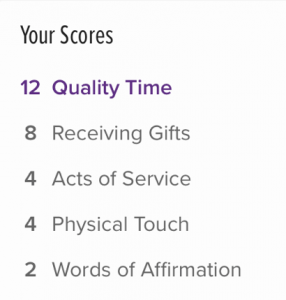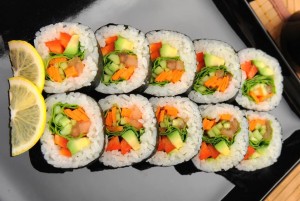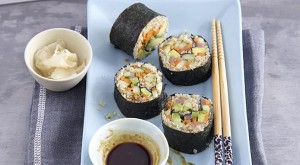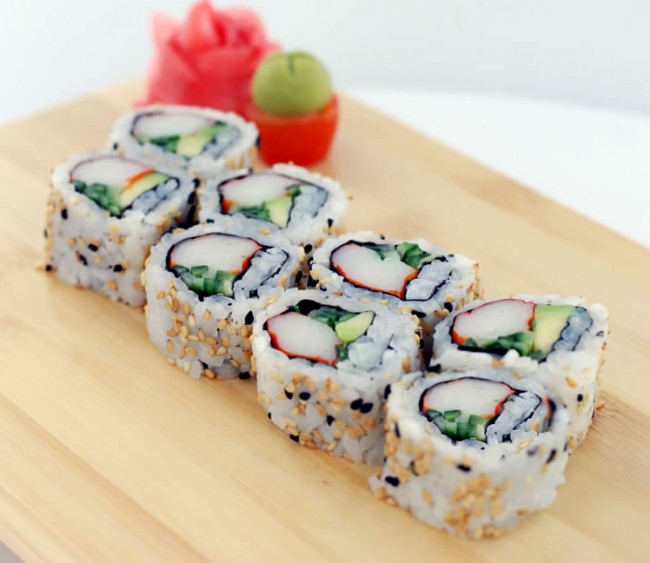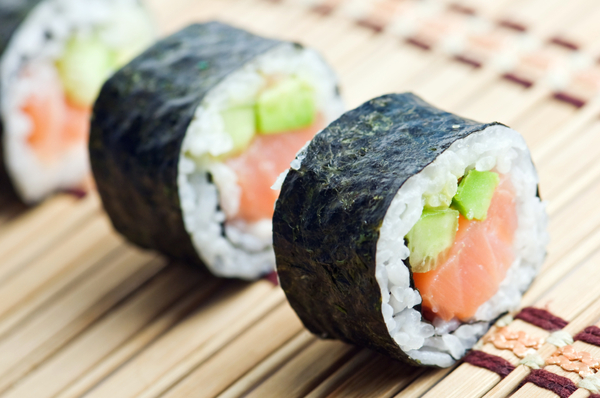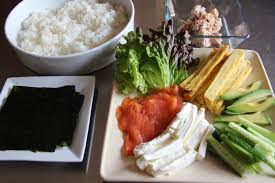“love of self.
you belong to you
sometimes your soulmate
is yourself
and everything
you’ve been searching for
can be found
deep within your soul”
– R.H. Sin

Image Credit: http://life-happens.co.uk/self-love-podcast/
It’s February, and love is in the air, but often times what people forget or completely overlook, is the idea of self-love and how important it is to love ourselves. Each one of us has something unique within us, something that is not to be wasted and without utilizing those unique and special qualities that make us individuals, we are, in fact, doing those around us a disservice. Maybe you’ve heard this before, but truly believing it and feeling it is crucial to our well-being.
The journey of self-love is one that has always sat in the back of my mind, but it has more recently come to the forefront to play a large role in my life. I was raised to be strong and independent, to work hard to achieve my goals and to obtain a life where I don’t have to, or even want to, rely on anyone else for anything, whether it be physical or emotional. This ideal has always played a huge part in my life, and it is probably why the ease of falling in love caught me off guard, yet why I also made decisions that were best for me even when I was in a relationship that I thought was bulletproof. Maybe this is a bit of an oxymoron, but I was so invested in my relationship, while also focusing on my own agenda, such as: doing well in school, studying abroad, and planning my upcoming job search and career. Naturally, when my three-year relationship came to an end against my will four months ago, I was at a complete loss.
I realized that while I always had the mentality of an independent, Chanelle and not Chanelle and her significant other, and that I could do anything I set my mind to, I had to actually feel this independence again and move forward as the dynamic of my life, my daily routine and emotional state, all changed. This felt like the most difficult obstacle I had ever needed to overcome, but it didn’t take me too long to realize that I am an array of amazing qualities and I do not need to be accepted or loved by anyone who does not appreciate all of the amazing elements that make me who I am. And the same goes for you.

Nathaniel Branden
Image Credit: http://mylifebook.com/blog/dr-nathaniel-branden-explores-romantic-love-and-effective-communication/
So began my true journey of self-love. As a term, “self-esteem” was first introduced by William James in 1890. It is one of the oldest concepts in psychology. I personally identify more with Nathaniel Branden’s definition from 1969, stating that self-esteem is a relationship between one’s competence and one’s worthiness. Branden is considered the father of the self-esteem movement, and this definition sees self-esteem as the result of dealing with challenges of living in a worthy or respectable way and doing so consistently over time. There is no doubt in my mind that self-esteem and self-love go hand-in-hand and together take a journey to achieve. It is here where I find myself today, in the early stages of a, what I presume to be life-long, journey toward increasingly powerful self-love. The self-esteem movement really began in the 1960’s, when self-esteem first became an attractive and influential idea.
Taking a look at Psychology Today, you’ll find that self-love is appreciation for oneself that grows from actions that support our physical, psychological, and spiritual growth. It is dynamic, and it grows by actions that mature us. When we act in ways that expand our self-love, we begin to accept our weaknesses and our strengths, we have less need to explain our shortcomings, we have compassion for ourselves, we are more centered in our life purpose and values, and we expect living fulfillment through our own efforts.
It is important to understand that you cannot obtain self-love from an outside source. Self-love must be obtained by you and for you. Again, we often turn to outside sources for encouragement, reassurance, or a confidence boost, but we need to find our own reasons within ourselves to feel encouraged, reassured, and confident. Also, understand that you will not reach a full state of self-love overnight. Self-love takes time, so be patient with yourself as you walk through this journey. Understand that everyone is capable of obtaining a state of self-love, as long as they put forth the effort and give it time. Join me on this journey and together we will begin to truly seek a state of love for ourselves.
By Chanelle Surphlis
Chanelle Surphlis is a Campus Clipper publishing intern, who is graduating from FIT this May. Passionate about giving back and pursuing volunteer opportunities, Chanelle aspires to work for a fashion or beauty company that includes philanthropy in its core values. If you like Chanelle’s writing, check out her blogs here and here. We have the most talented interns ever and we’re so proud of them! For over 20 years, the Campus Clipper has been offering awesome student discounts in NYC, from the East Side to Greenwich Village. Along with inspiration, the company offers students a special coupon booklet and the Official Student Guide, which encourage them to discover new places in the city and save money on food, clothing and services.
At the Campus Clipper, not only do we help our interns learn new skills, make money, and create wonderful e-books, we give them a platform to teach others. Check our website for more student savings and watch our YouTube video showing off some of New York City’s finest students during the Welcome Week of 2015.
Become a fan on Facebook and follow us on Twitter and Instagram!
